Prepare your patent application today

Skilled Technical expertise

Quick turnaround time

Competitive billing rates
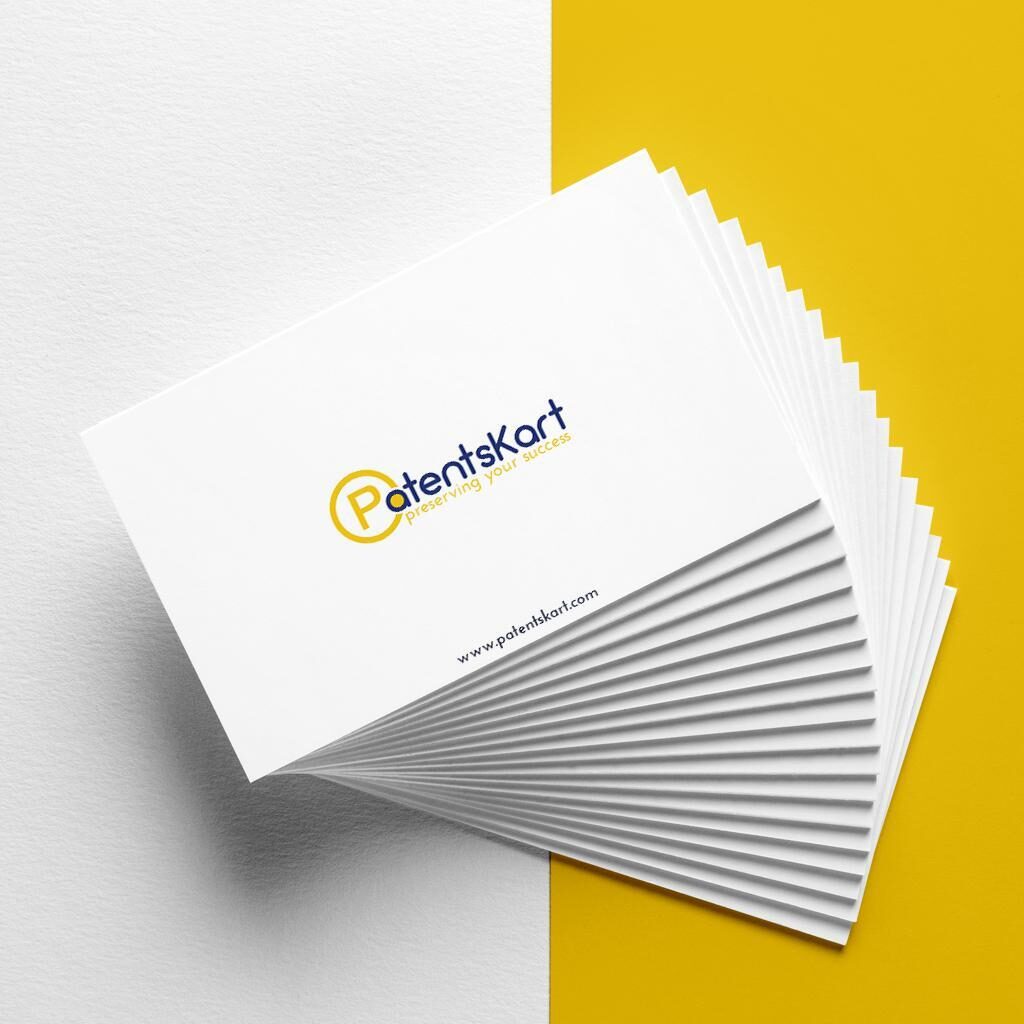
Our team at PatentsKart has assisted several private-equity-backed startups, universities, and individual inventors in strategizing the development of their patent portfolios. We directly manage and monitor all prosecution activities related to patent drafting, filing domestic and international patent applications, responding to office actions, and tracking deadlines. In addition, our internal docketing software keeps you updated on the status of the application and the next steps in the process of patent prosecution.
Our company provides end-to-end services and solutions from screening ideas (novelty patentability searches) to patent drafting and illustrations (patent drawings) to patent filing (including PCT filings) and responding to office actions till the patent is granted (including patent prosecution at the Indian Patent Office).
A patent is a Legal Right that grants the inventor protection for their invention. It can be applied for through appropriate government agencies and includes detailed instructions about how to use it, like design blueprints or other supplemental material in order demonstrate its novelty at the time of filing with authorities so they will issue you an official certificate which states every detail on what your IP covers – this way anyone else who comes along later knows not only do I own everything related, but there’s no need go infringing someone else when all these requirements have been met.
To understand patent law, you must be well-informed. This will help your chances of success when filing for a patent and ensure no one else has priority over what we create.
A common misconception about patents comes from confusion with other terms like intellectual property (IP) or trademark protection which also fall within the purview of this process as defined by US law

Leverage our diverse industry experience
Its distinct differences from patent litigation and defense.
Such as utility models, trademarks, or copyrights.
Legal differences in a diversity of global jurisdictions.
Precisely which forms of IP you can protect with patents, as against other legal certifications.

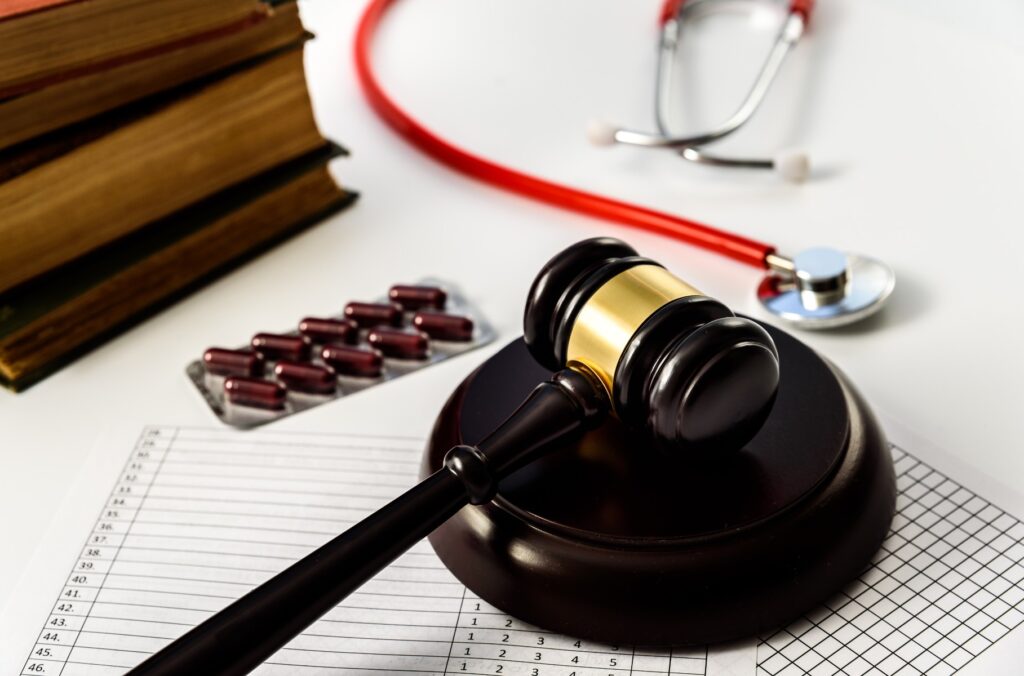
In spite of its name, patent prosecution is not a legal action- at least in the manner that term would typically suggest outside of IP law. In other words: The process(patent prosecution/support services) isn’t set up against some defendant; That would be required for litigation which can only happen after you’ve obtained approval on your patented invention and someone has committed an act infringement against it by using certain features without authorization from both parties involved or their respective ownerships/representatives.
In fact, “patent lawsuits” are called disputes between alleged infringers (defendants) who independent patent holders have accused as violating one’s property rights concerning inventions protected under international treaties.

Patent Prosecution is the action of applying for and obtaining patents. This can be done by filing an application with the relevant patent office, or through direct negotiations with the inventor 2019s existing business partners.
In some countries, including Luxembourg, Belgium, and The Netherlands, patent regulators conduct only a formal examination before granting this right. The standard technique focuses on verifying the patent application details, such as whether the applicant provided all requested information and completed all required tax payments
France, Germany and the United Kingdom, place a higher value on the substantive examination procedure, which goes to far greater measures to evaluate patent eligibility, such as showing the presence of the inventive step. After you’ve successfully patented your invention in one or more specific countries, it’s time to continue the prosecution process by filing a patent application internationally with World Intellectual Property Organization (WIPO).
This will allow for protection under terms of the Patent Cooperation Treaty and its 150+ signatory countries, giving global scalability – granting rights on an extensive scale.
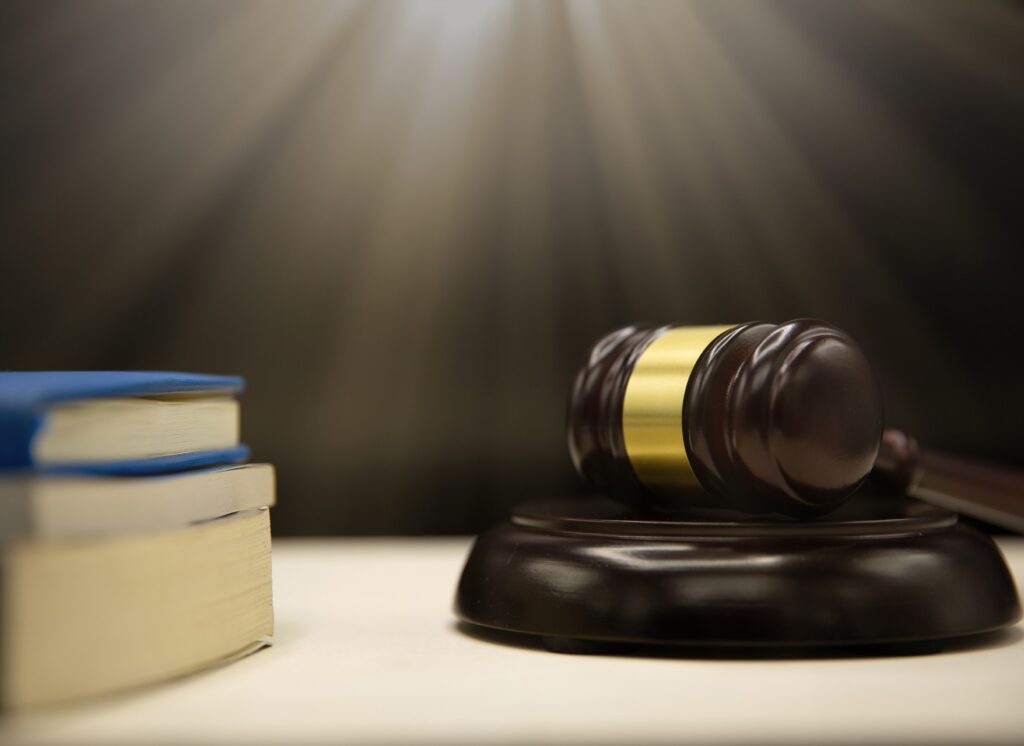
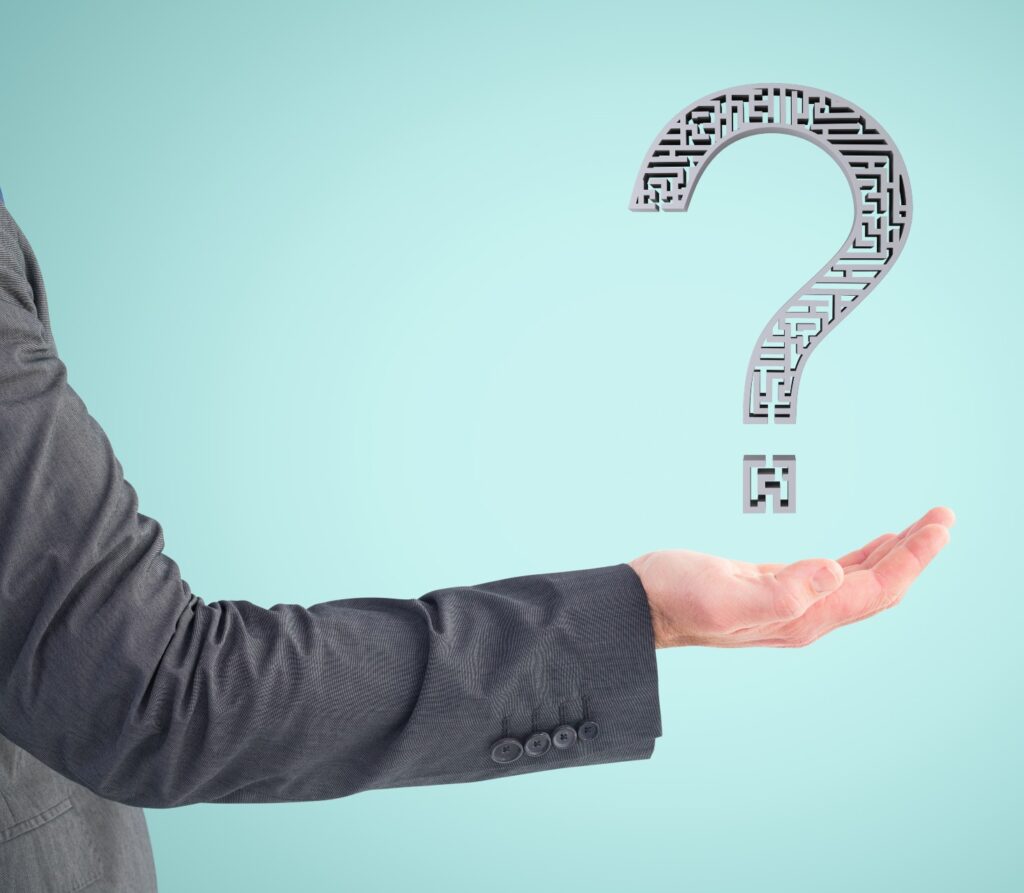
A patent can be issued to “a product or technique that typically provides a new way of doing something or gives a new technical solution to a problem, ” according to WIPO’s terms, which roughly correspond to the legislation in most countries with comprehensive IP laws. Any such item that falls within those parameters is referred to as an “invention. ” WIPO clarifies that a “product” does not have to be a physical tool or device; it might be “a chemical substance, or a technique. or a procedure for creating a certain chemical compound. ” Furthermore, most modern machines incorporate dozens or hundreds of inventions, each of which had its patent.
To prove that your invention is patentable, you must first establish without a doubt that it meets all of the criteria for being so. In addition to what was discussed earlier in this section on novelty and non-obviousness (or "inventive step"), industrial applicability may also come into play when evaluating whether or not an idea has merit as well.
Inventors with a creative mind sometimes struggle to protect their inventions and are left wondering if they ever get the credit for it. If you're an investor who wants patent protection on your invention, be sure not only do check into what type of patents exist but also which one would suit best before going through any legal proceedings or hiring an attorney or taking patent prosecution support(prosecution support)-patents can take years (sometimes decades) from filing date so make this decision wisely.

A Patent Attorney is a crucial player in the process for inventors looking to find protection and legal remedies ( Patent Prosecution Support). They will help you develop your IP strategy, draft an application that can file with USPTO (the United States Patent and Trademark Office), or act on behalf of their clients should they need representation themselves at any point during proceedings.
Patent Attorneys wage war against would-be copycats by coming up with ways to deter infringement through patents; this task often includes the best practices working closely alongside companies seeking federalizing rights over inventions and those wishing only some form of intellectual property coverage.
A Patent Attorney should represent their client before the various national, regional and international IP regulatory bodies. For example, European Patent Office (EPO), U .S.-Patent & Trademark Office(USPTO), IP Australia; United Kingdom Intellectual Property Office( UK IPO ). The agencies named above are just some examples of where this could happen.
Patent Attorneys would also inform their clients if any other IP protections were appropriate to take out along with a patent (utility models, trademarks, or designs), as is possible under Austrian and German law.
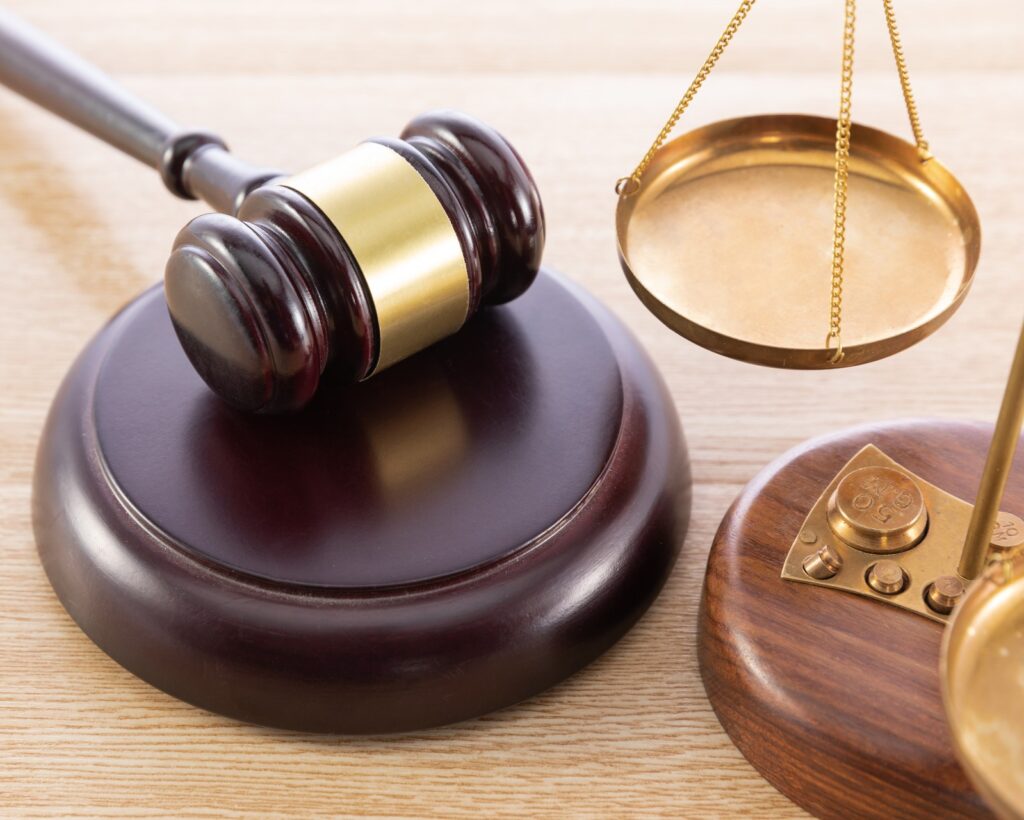
At PatentsKart, we have a strategic team of experienced patent drafters comprising Indian patent agents and lawyers who have in-depth experience and who follow the best practices drafting several Indian patent applications in biomedical devices, pharmaceutical formulations, robotics, automation technologies, IoT sensors, electronics, etc.
We prepare patent illustrations/drawings for both utility patents and design patents. A design patent that is based on drawings and structural aspects of a product/invention needs to capture all views of the product from various angles. The standard views are: Illustrators at PatentsKart have expertise in creating drawings as per Indian, USPTO, European, patent office standards.
Our company can also help with filing international applications or PCT (WIPO) applications via the ePCT route, a hassle-free, paperless electronic filing of the PCT application. PCT route helps protect your invention in multiple countries without having to pay the national fees for each jurisdiction in different currencies. It also provides an extended period (30-31 months) for entering the national phases, during which the applicant can arrange for funds or licensees.
Once the patent application is published, the examiner will examine it at the respective patent office to find any prior art that could challenge the novelty of the invention. The examiner may raise an objection citing prior art or irregularities in filing documents. A non-final office action is the first evaluation of patent claims after applying. The applicant has the option of amending the claims/description to overcome this objection.
Patent prosecution refers to the process at the patent office from the day you file a patent application to the date it is issued or abandoned.
Prosecution takes place in criminal court. It involves someone who has been accused of committing a crime. If found guilty, he may be fined, do community service, go to prison, or even be executed in extreme cases.
A lawsuit is found in civil court. There is no crime here. Someone says that another party has injured him in some way and is seeking justice. He is expecting either that the other person performs some duty or pay compensation for the injury done. There is no question of jail time or execution. A lawsuit is what is filed with the court.
Any court case is litigation, though it’s more commonly used to describe civil lawsuits.
The general definition of prosecution is “the continuation of a course of action with a view to its completion.” That’s not strictly related to legal issues. But when it is, it refers to the side in a court case that’s the primary actor. In a civil case, it’s the plaintiff. In a criminal case, it’s the government.
Patent prosecution is the method of drafting, filing, and negotiating with the U.S. Patent and Trademark Office to get patent protection and rights for an innovation. It is distinct from patent litigation, which involves legal proceedings to manage patent violation after obtaining a patent. Instead, patent prosecution is a collective, interactive process where the applicant and the applicant 2019s agents work with the USPTO examiners to handle various problems regarding an invention 2019s patentability.
The patent prosecution usually begins with a patent search that permits an inventor to decide whether it is worth the cost of moving ahead. The method of obtaining a utility patent is complicated, and inventors should maintain a patent attorney to formulate this type of patent. Patent attorneys, different from patent litigators, must be authorized to practice law and certified to rehearse before the USPTO.
The patent lawyer will draft the application after examining a patent search and questioning the inventor to compute the nature of the invention. Then, they will decide whether the creation is both unique and non-obvious, based on a comparison with the prior art. After drafting the patent application, the application will be filed as soon as possible.
For years, the United States followed the first-to-invent rule, suggesting that if somebody swiped your invention and acquired a patent for it, you could start what was called an interference proceeding to get the patent. However, under the America Invents Act, the United States evolved into a first-to-file country, which other countries follow. The first inventor is entitled to obtain the patent with some minor anomalies.
Patent prosecution includes various steps:
Discuss your claims that your innovation or invention is qualified for patent protection
When working with a lawyer for patent prosecution, you must find one who has a license to rehearse law in your state as well as an authorized charge to practice law in front of the patent office.
United States-13521, 58th St. SE Snohomish, WA – 98290, USA
INDIA - PatentsKart B1, Netsmartz House, IT Park, Chandigarh - 160101
Copyright © 2024 Patentskart. All rights reserved